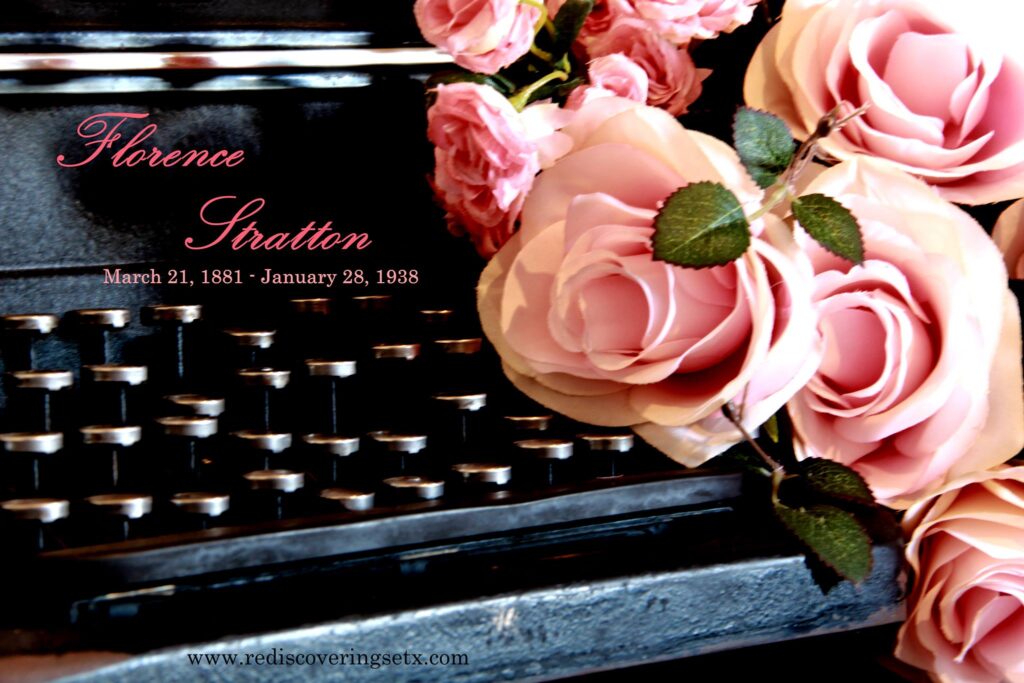
Dear Della,
Susie died last night. That’s why her letter won’t be in its usual place in the Enterprise tomorrow morning. We thought you ought to know. Here at the office we’re all rather stunned. Susie belonged to both papers, you know. She gave about 35 years of her life to these papers, Susie did, and from the editor who read her copy to the boys upstairs who set it there’s a strange, hard reluctance to accept the fact that her desk over there in the corner is closed for good.
Susie was … well, call it a tradition. She had more sheer newspaper sense up in her little finger than we brash younger fry have in our collective brain. We used to ride her a lot. Kidding Susie was good fun—because she was “old school.” Hers were standards of that first brave sortie of women into curt, intense business of journalism. And she clung to them to the last in spite of us. Underneath, we loved her for it. She knew that, thank goodness. Good old trail-blazer.
Della, just to look at Susie you’d never have guessed the enchanting glamour of her life, Quiet and self-effacing, Susie was, with a funny little habit of tidying her hair all the time. But she’d met presidents, interviewed princesses, attended the highest functions of Washington. Long-distance calls came to her from Harper’s Publishing company, from the New York Times, from senators. I never knew a woman could have so many contacts—important ones. I never knew a woman who could, even by virtue of long service to a specialized profession like journalism, find somebody she knew in every city of importance in the nation. I never went to Susie with a question and came away without an answer.
M.M.
Beaumont Journal January 29, 1938
Farewell To A Valued Friend:
THE DEATH of Miss Florence Stratton brings genuine sorrow to a numerous company. It is with a feeling of the greatest personal loss that those of us who had been closely associated with her through the years in newspaper work mourn her passing. And all of us who knew her well feel quite certain that when she entered that corridor of eternal darkness she did so unafraid, her head held high and her spirit uncowed.
First as a public school teacher and then as a newspaper woman, her whole life from youth to death was busy and useful. She loved her work, found no diversion that equaled it in pleasure and satisfaction,and to it devoted her talents and energy to the full. On her last assignment when she suffered a slight stroke she stood by her guns until her chore was completed, then left the office never to return. Into her work she put the sympathy and sentiment that marked her character. She was always a womanly woman, concerned primarily with the interests of women, and always a gentlewoman in the broad and best sense of the word. In the course of her long and honorable service she made and kept innumerable friends, by all of whom she will be tenderly remembered, and the still larger circle who knew her through her work will not soo forget…
Bill Beaumont
Beaumont Journal January 29, 1938
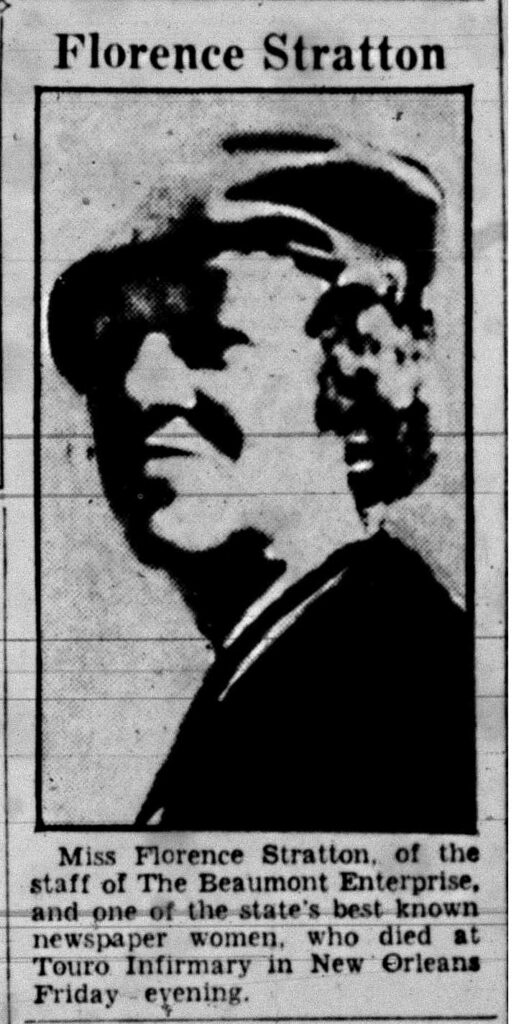
Beaumont Enterprise January 31, 1938
Friends of Low and High Estate pay final respects to Miss Florence Stratton
-One, Only ‘Susie Spindletop’ Called Rare and Gracious Influence, Versatile Genius
Several hundred people, her friends in life, paid the last tribute yesterday afternoon to Susie Spindletop. Miss Florence Stratton, for more than 35 years a Beaumont newspaper woman, and one of the most beloved figures in the newspaper world of her Texas, was buried on a hillside in Magnolia cemetery following impressive services at her home on McFaddin avenue. Her grave was covered with flowers, great sprays of blossoms she dearly loved, and smaller offerings from friends representing every walk of life in her city.
Rev. George E. Cameron, rector of St. Mark’s Episcopal church, who conducted the rites at the residence and at the graveside, said of her that there was but one Susie Spindletop– one Florence Stratton, and that she was the exception to the rule that everyone’s place could be filled satisfactorily by someone else.
While he spoke there was hardly a dry eye. Every room on the lower floor was filled, while scores stood outside. Every old family of Beaumont was represented. In the throng were many of Beaumont’s most prominent figures in the world of business, its courts, and professions.
Associates Attended
Scattered among those attending, often in little groups with saddened, downcast faces, was almost every newspaper man and woman in the city, with many of the Fourth estate who had worked with her in years gone by.
During the services several red camellias lay on her stilled typewriter in the editorial room of the Enterprise, place there by some member of the staff.
Miss Stratton’s body lay in a gray casket in the quaint dining room of her home beneath the portrait of her beloved grandfather, the late Asa E. Stratton, Sr. The casket was covered with a gorgeous blanket of white carnations, the offering of The Enterprise company, to which Miss Stratton had been attached for about 18 years. Upon her breast was a small spray of lilies of the valley and violets, which were perhaps her favorite flowers.
Floral Memorials
The entire house –the one spot on earth she loved best –was filled with blossoms. They came from every section of Texas –Houston, San Antonio, Dallas –from New Orleans, Lake Charles and other cities of Louisiana, from Tulsa, from her beloved Brazoria County, her birthplace, and from as far away as Virginia. The floral offerings from distant points, however, were limited only by the fact that distant friends did not know of her sudden passing in New Orleans Friday night.
Near the casket stood an appealing floral piece made of Japanese magnolias, sent by Miss Stratton’s fellow workers of the Enterprise staff. There was another from the editorial staff of The Beaumont Journal and other employees of the newspaper, on which she was employed prior to that paper’s being taken over by The Enterprise in 1920.
There were also flowers from the typographical chapels of The Enterprise and Journal –the men who for years “set” the Sunday column known as “Susie Spindletop’s Weekly Letter,” and her garden features and others. Among the offerings were those from Mrs. Ruth Sergent of San Antonio, her close friend; Miss Matilda Gray of Lake Charles, and her nephew, Lieut. Ernest Stevens of the United States navy, stationed at Portsmouth, VA.
From Out of Town
Among relatives and friends from out of the city were Mrs. Tom Stratton of Angleton, Mrs. Jessie Stratton of Angleton, Bryan Stratton of Houston, Mr. and Mrs. J. E. Burkhart, Jr., of Houston, Mrs. W. V. Ezell, her aunt, of Houston, and Miss Mary Masterson, Mrs. Edna Saunders, Underwood Nazro, Martin Miller and Jimmy Bonner of Houston.
There were several long-distance calls of condolence, as well as telegrams of those of her friends –and she numbered them from New York to San Francisco –in every part of the country.
Rev. Mr. Cameron opened the Episcopal service with a part of the 14th chapter of St. John –“Let not your heart be troubled.”
Then he spoke tenderly of Miss Stratton, telling of the unusual place she held in Beaumont and in Texas. He called special attention to her charities, all of which were little known to any save those who accidently found them out. He said that her spirit was as exquisite as old lace, and that “like old lace, she fitted into any environment.” He said that her heart had a tremendous capacity for affection.
“A Gracious Influence”
His remarks follow:
“This hour is one of deepest bereavement. Standing here among these books, the old family heirlooms, these beautiful flowers and loyal friends, and in this little humble cottage, surrounded by green trees and shrubs each planted by their mistress with a yearning and searching heart we feel the gentle impact of the spirit of her who only a few hours ago, was such a lively gracious influence in our lives.
She was a genius as rare as she was versatile. She is an exception to the rule that everyone’s place can be filled satisfactorily by some other person. There was only one ‘Susie Spindletop.’ Our beloved was an extremely keen intellect that brought meaning out of every phase of human activity. Nothing escaped her notice, and with her imagination awakened her literary paragraphs ran on endlessly and interestingly because they were as broad and as deep as life, itself.
We wonder if these treasured symbols can speak to our hearts as they spoke to our beloved. Among these books there walked a veritable host of literary minds that provided a congenial fellowship; these fragrant blossoms were messengers of peace and refreshment that called to mind the shady lanes and quiet places of childhood and youth; this humble cottage was a friendly home where acquaintances could meet and exchange ideas, without fear of misunderstanding and without criticism, and every bush that bloomed and every bird that sang around this home brought messages from the mysterious spaces of life.”
Her Charities
“Her heart had a tremendous capacity for affection. Not only was she at home with and an inspiration to every accomplished scholar she met, but she loved without stint the poorest, lowest creature on earth. Suffering and injustices aroused her deepest emotions, and upon the helpless she spent herself in affection, bringing help, and relief to untold numbers among the poor of the city.
Her spirit was as exquisite as old lace, and like old lace she was adaptable and fitted pleasantly into any environment. Hence she never complained, and often we marveled at her patience. She was the embodiment of gentility and had absorbed into her personality the nectar of fragrance from the roses of her own garden.
Yet there was a wistful element in her nature. She saw so much to do, so many distressed people to be helped, so many important events still unwritten, so many books yet unborn, one was immediately impressed with her yearning to work and help. We commend her to our heavenly father the source of all intellect, the prime mover of every human impulse, the inspiration of every noble deed, with the belief that in his hand, under his guidance, her yearning for completeness and goodness will be fulfilled. May the Lord bless her and keep her, and make his face to shine upon her and be gracious unto her.”
Miss Kent Plays
At the close of his talk, which brought tears to many, he offered a prayer, and Miss Alice Kent, a friend of Miss Stratton, played the violin.
Tenderly her body was taken from the home she loved by a group of her friends. Acting as pallbearers were Ashley Weaver, Alfred Jones, Terry Duff, Sam Lipscomb, Norval McKee, Bernard Deufser and Frank Godsey, of Beaumont and her friend Watson Neyland, of Liberty. Employees of The Enterprise and Journal were honorary pallbearers.
The procession of cars from the home to Magnolia cemetery, escorted by motorcycle police, was more than a mile long. Silently as they left her under the blankets of flowers her newspaper people wrote “30,” their farewell.
Florence Stratton March 21, 1881- January 28, 1938

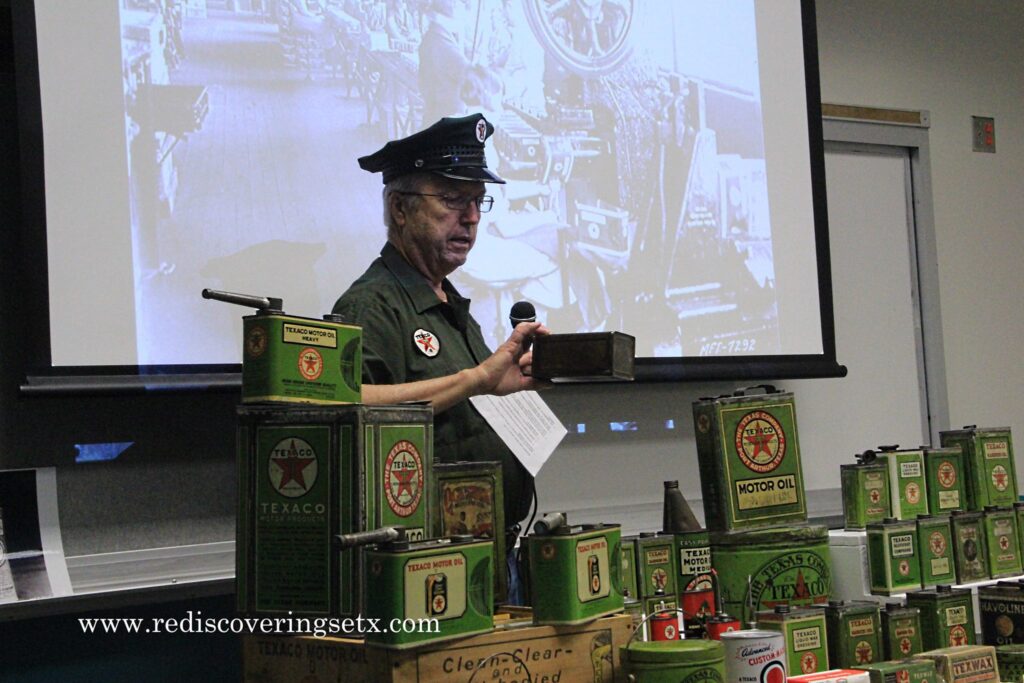
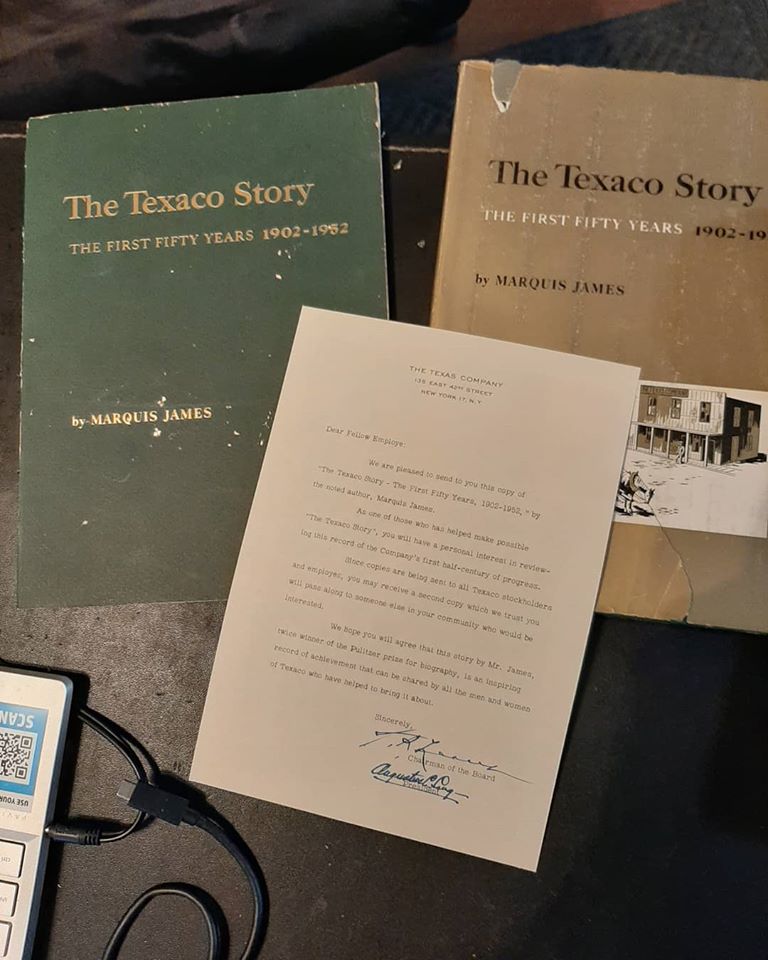
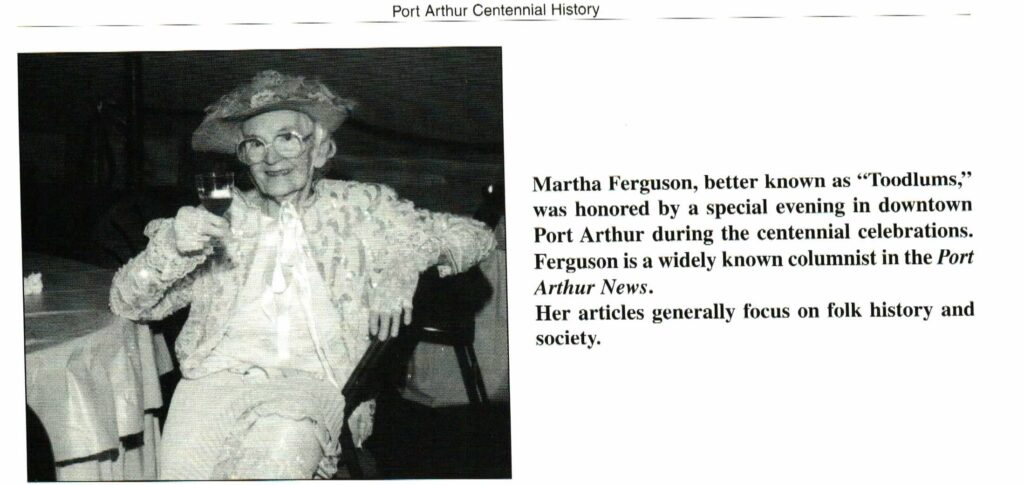
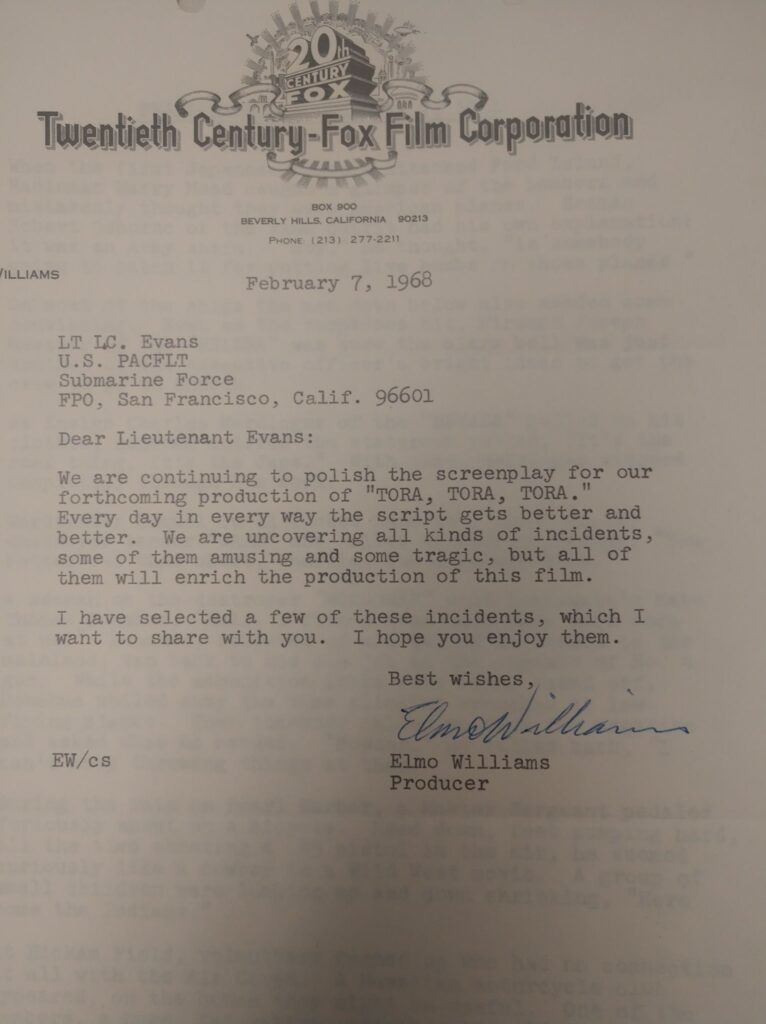
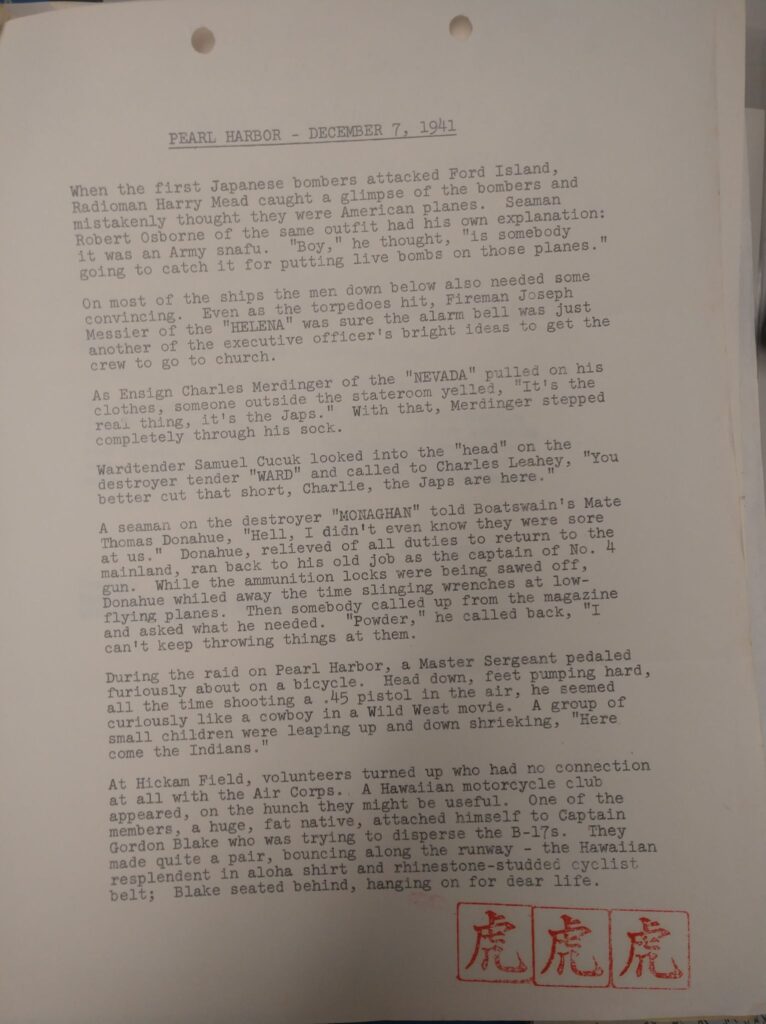

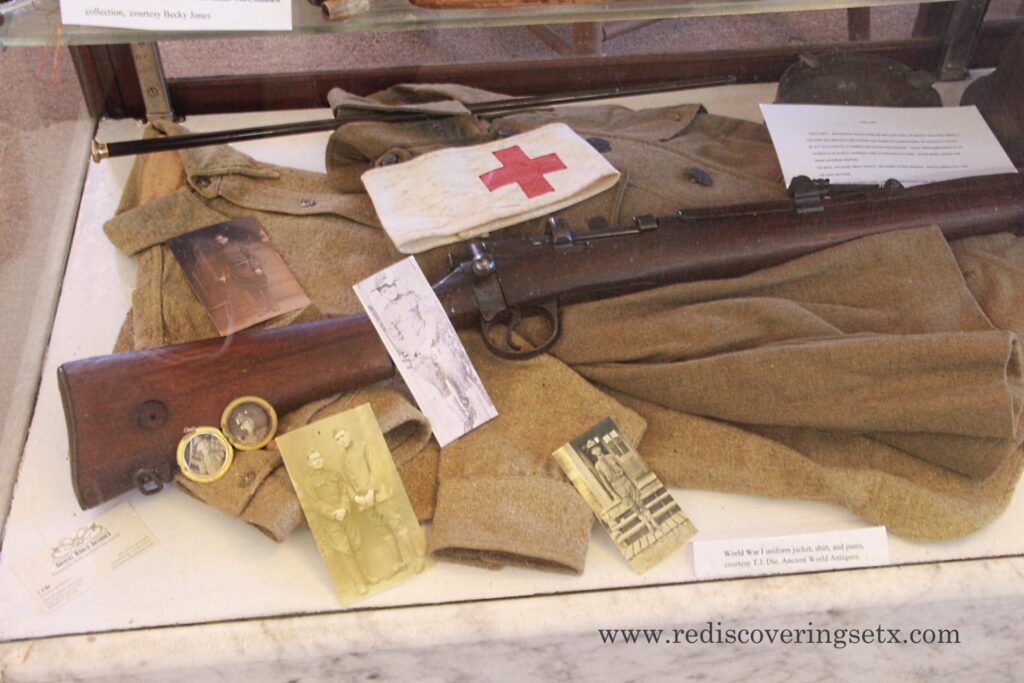
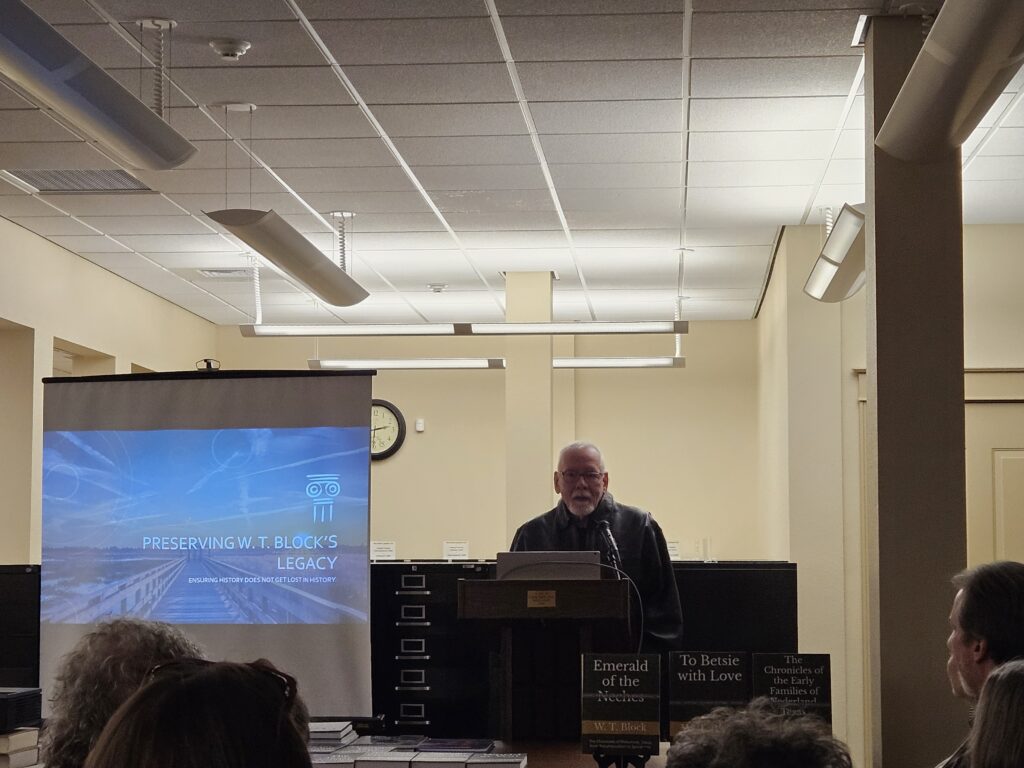

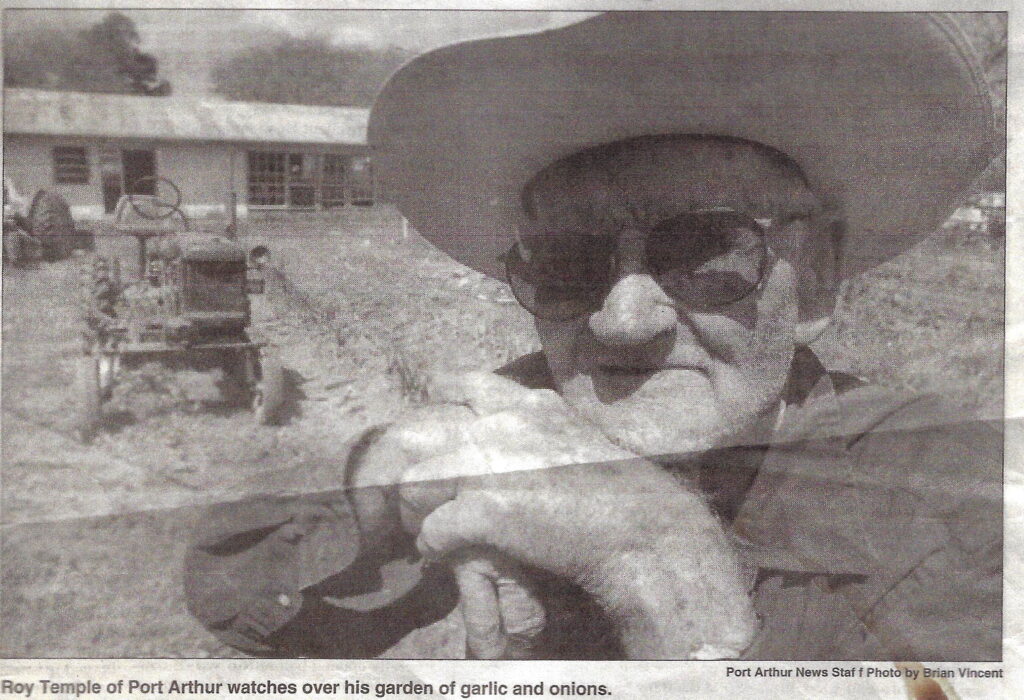

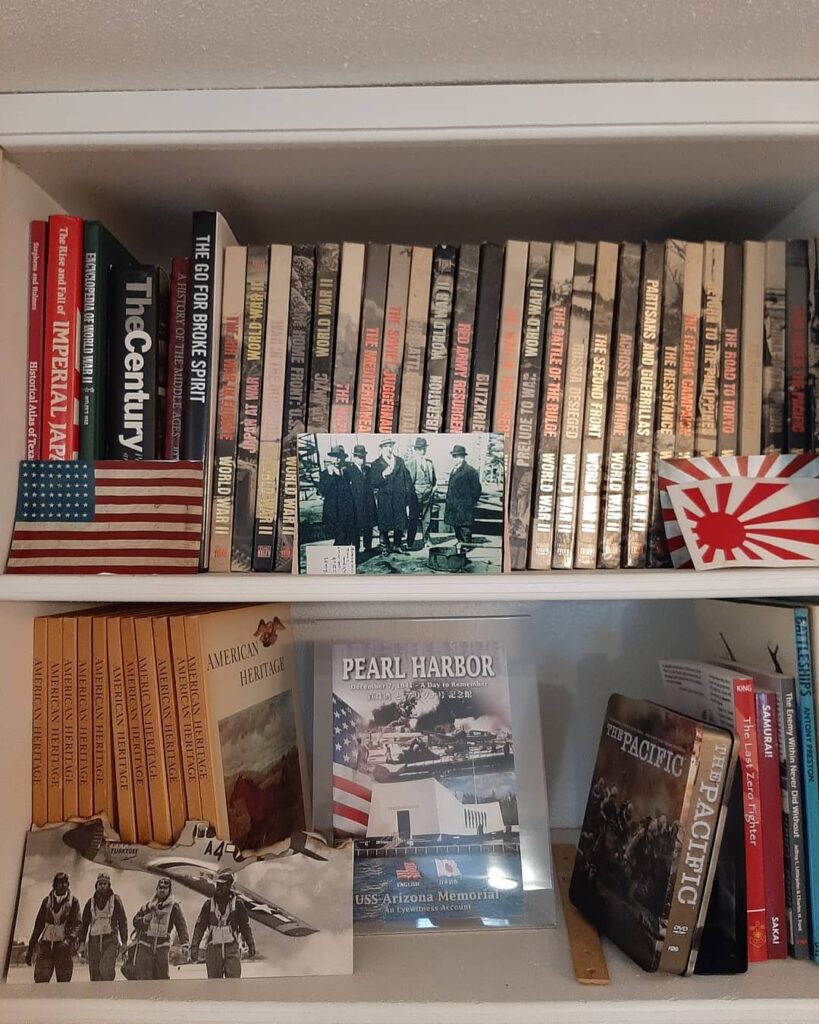
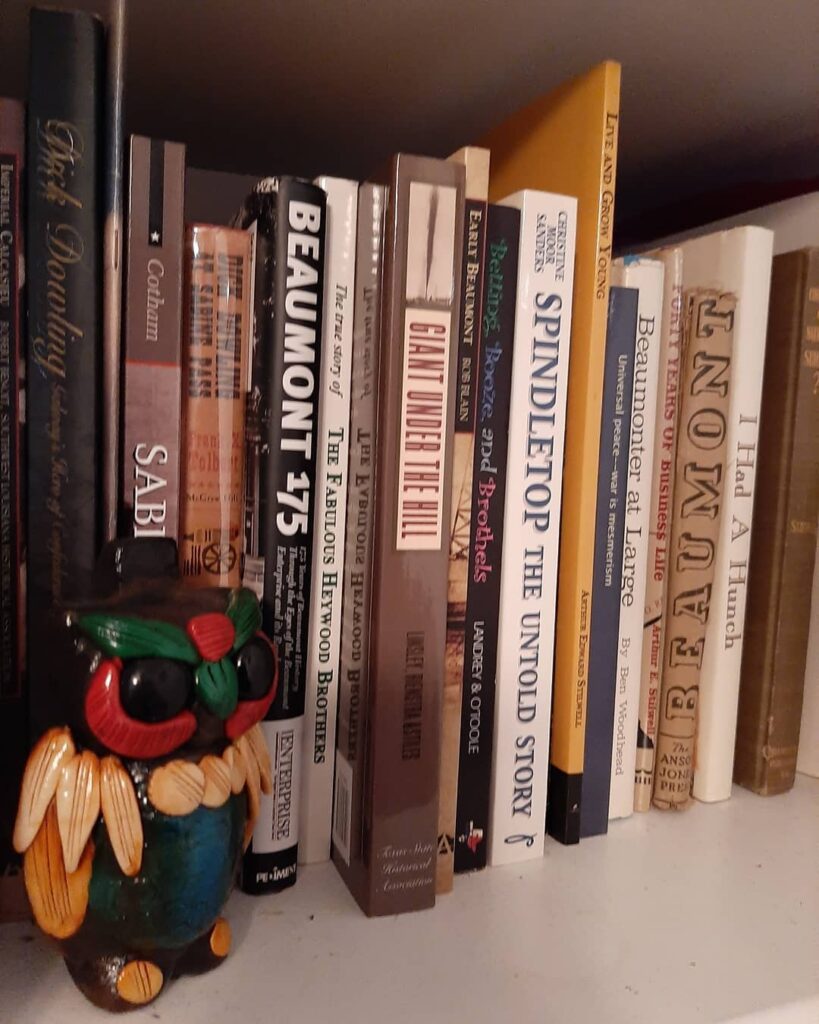
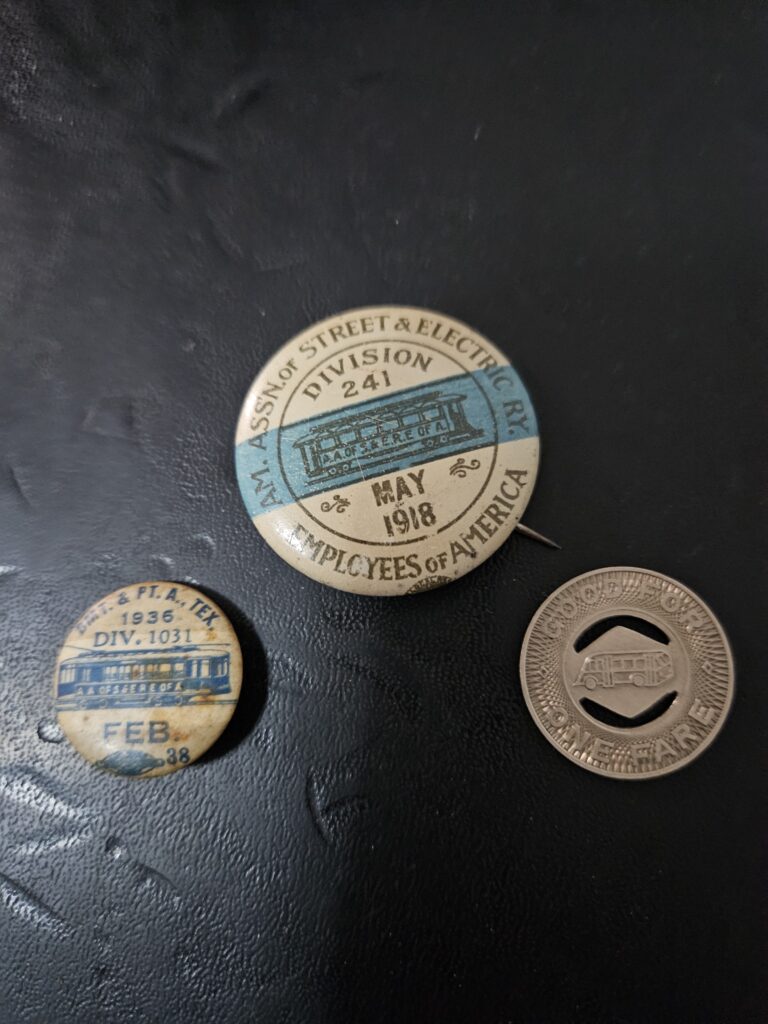
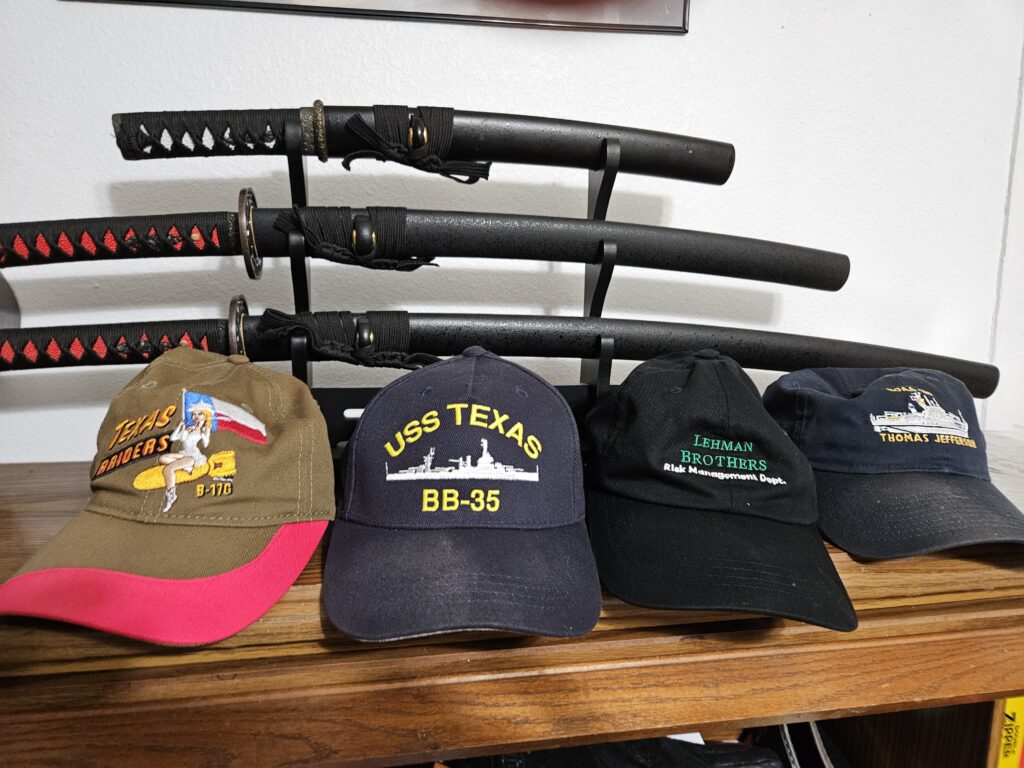
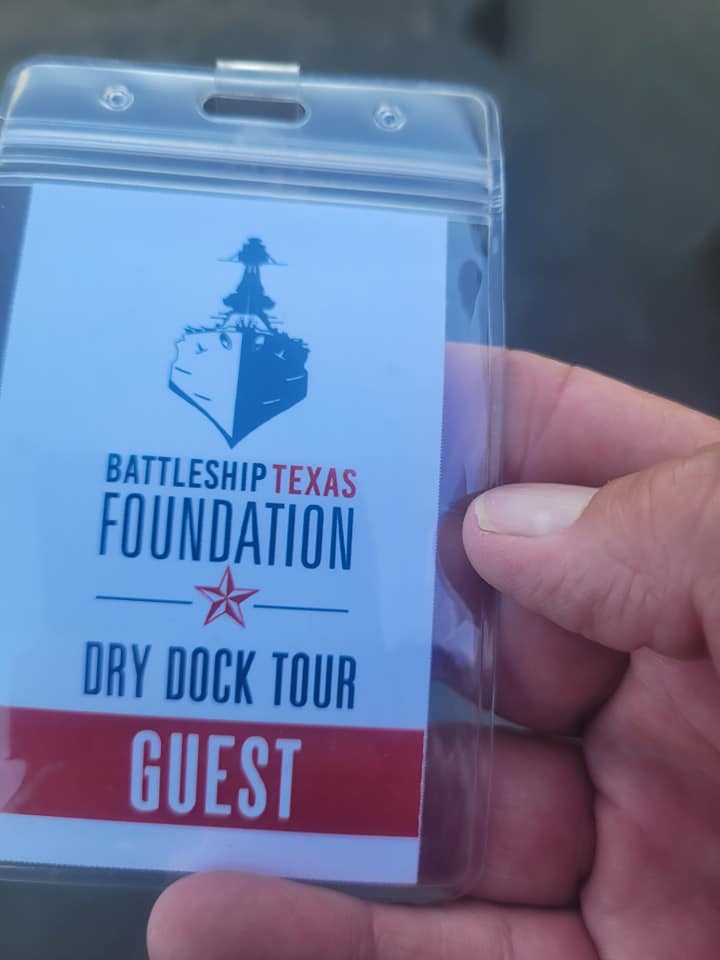
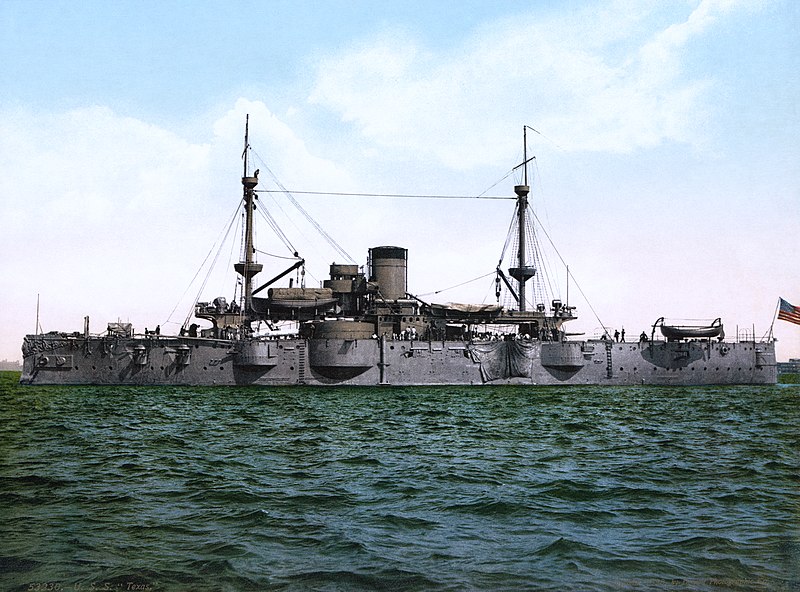

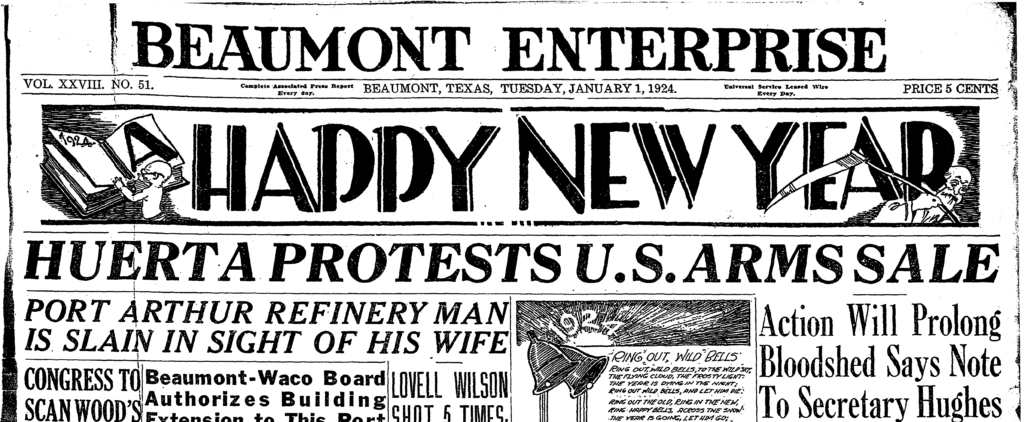
You must be logged in to post a comment.